The eighth and final episode of ‘Love, Death and Robots‘ season 2 is more philosophical than all the other episodes. It is titled ‘The Drowned Giant’ and is an adaptation of J.G. Ballard’s short story of the same name. It follows a researcher named Steven who documents the events following a giant’s arrival at a small fishing town’s shore.
The episode has a somber feel and grapples with the meaning of life and death in the most unusual yet compelling way. It carries forward the animated anthology show’s trend of delivering thought-provoking, open-ended stories. Here is what happens at the end of this seminal story and what it all means. SPOILERS AHEAD.
Love, Death and Robots Season 2 Episode 8 Recap
In ‘The Drowned Giant,’ a researcher named Steven travels to the beach where a giant’s body has washed up. It is clear that it is a corpse, but the fascination felt by the townsfolk because of the giant gives it a lively feel. As more and more people gather to witness the strange phenomenon, Steven observes from afar. The people treat the dead body as a tool for their amusement while Steven reflects on the deeper, philosophical nature of this giant’s arrival.
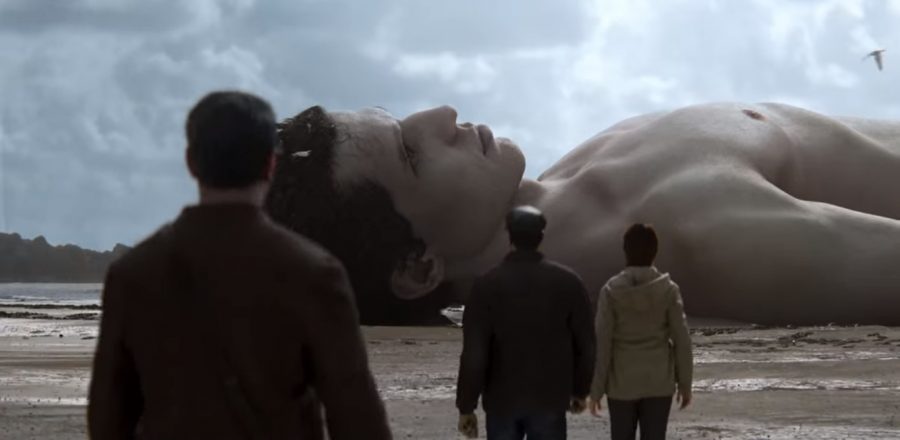
As the days pass, the public’s fascination surrounding the giant begins to die out. At this point, Steven finds the courage to lay his foot on the giant’s rotting corpse. He notices how the giant’s youthful body has succumbed to the harsh test of time. It has become affected by the effects of the sea, elements, weather, and nature as a whole. As the corpse decays, Steven finds a sense of humanity in the giant.
Soon, the giant’s body is dismembered, and it no longer shows traces of humanity. After some time, the body parts of the giant (mostly bones) begin to resurface around town. Steven finds this somewhat derogatory but accepts this as the natural culmination of life. The public’s memory of the giant’s glory has faded, and what remains is a mere echo of it. He also laments the exploitive nature of humans. The episode closes as Steven wonders what it would be like to witness the giant rise again from the dead.
Love, Death and Robots Season 2 Episode 8 Ending: What Does Steven Learn?
The story is narrated by Steven and is a series of realizations and understandings the researcher develops while documenting the giant’s corpse. Some of these realizations are more ambiguous than others. Chief among these is Steven confronting mortality. As he explains the corpse’s appeal as a source of entertainment to the people, he senses a form of metaphorical life within the dead body. Therefore, when Steven first climbs atop the corpse, it can be seen as him confronting his own mortality.
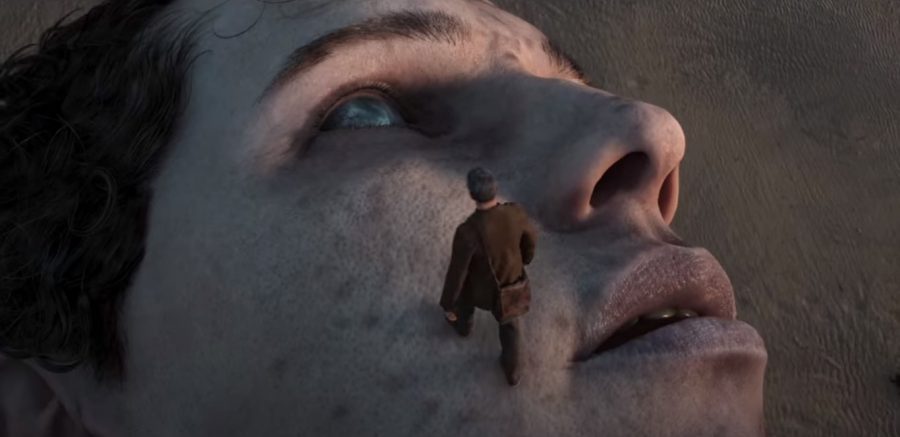
Similarly, in the end, despite his dismay at the treatment of the giant, Steven realizes that after death, the memories of a person’s achievements, actions, and life itself begin to dissipate. Therefore, it is up to us how we choose to remember and cherish the ones we hold dear. These revelations are particularly riveting because Steven is a man of science who perhaps doesn’t dabble in philosophy. The fact that he unravels the mediation between life and death without going through a crisis of fate is commendable.
Where Did the Giant Come From?
As enlightening the revelations that the giant’s arrival brings are, the episode never explains where the giant came from. This issue is further exasperated because Steven, a scientific researcher, doesn’t investigate or even ponder over the giant’s origin. Steven relates this creature to the giant from ‘The Odessy,’ written by Greek author Homer.
However, the giant of ‘Love, Death and Robots‘ washing ashore is more reminiscent of Jonathan Swift’s novel, ‘Gulliver’s Travels.’ No other clues are given regarding the giant’s origin. This facet is left particularly open-ended as it enables the story to use the character as a multi-purpose metaphor, which brings us to the next all-important question.
What Does the Giant Represent?
The giant represents a great many things within the context of the story. The giant can be seen as a metaphor for human hubris. His size and stature in metaphorical terms represent a person’s success, fame, achievements, or popularity. The fan-fare that the giant’s corpse receives draws a parallel to how the death of a famous personality would be treated in the real world.
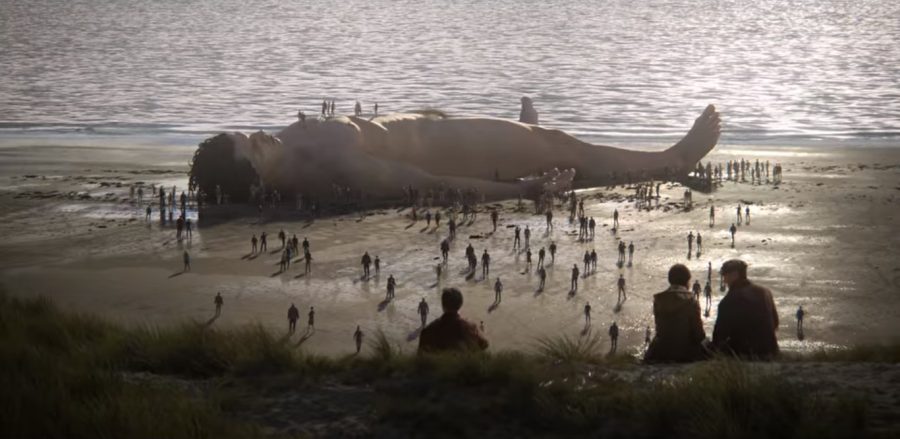
The dead giant, being the only person of his size surrounded by several small people, creates an image of death’s significance. It also emphasizes that how lonesome death is through this contrasting image. Likewise, the giant is used to express the nature of grief. The death of a person who holds importance in someone’s life will force them to reflect on it deeply, as compared to others.
It is evidenced by Steven’s search for the answers to various philosophical questions even though the general public is content with being amused. Steven’s observations about the scientific effects of nature on the dead body give a sense that death perhaps doesn’t have a deeper meaning. What gives death meaning is life, and a person can live beyond death through memories and their legacy, represented by the giant’s body parts on display across the town.
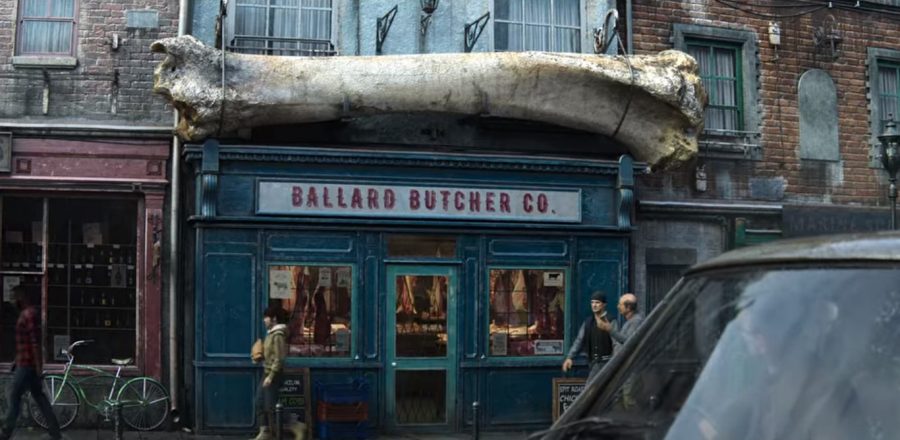
Lastly, the giant is also used to glaringly express how humans treat dead whales and other large aquatic animals that wash up on the shore. Their deaths are hardly documented, and they receive the same treatment as the giant’s body parts. The episode also casts a crude joke over this situation by revealing that the giant’s male appendage is being displayed in a circus museum, albeit mistitled as a whale’s penis.
Read More: Love Death and Robots Season 2 Episode 4 Recap and Ending, Explained

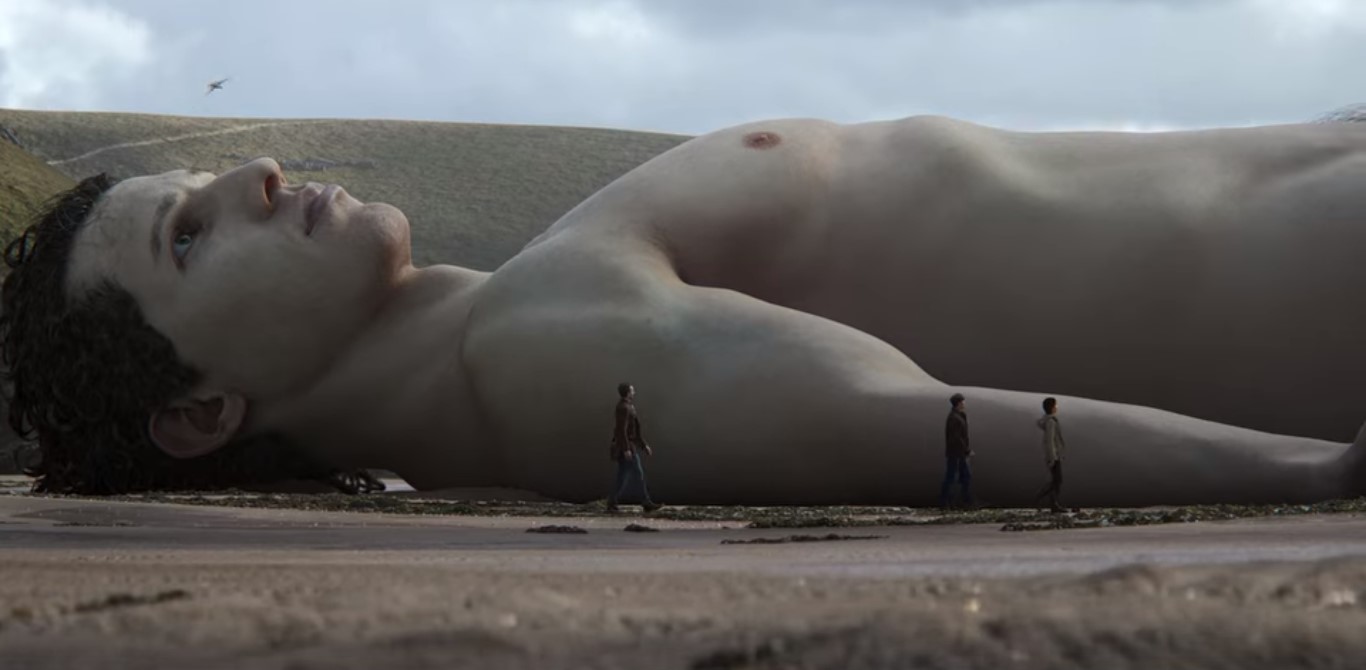
You must be logged in to post a comment.